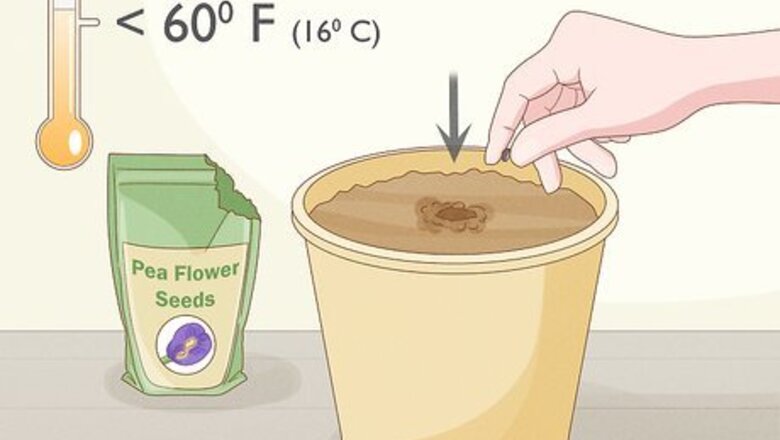
views
In a Pot

Plant your seeds in pots if temperatures get below 60 °F (16 °C). Butterfly pea flowers thrive in warm, tropical environments. If you know the weather is going to dip into colder territory, plant your seeds in pots so you can bring it inside when you need to. Butterfly pea flowers can thrive outside when the temperature is above 60 °F (16 °C). If it gets much cooler than that, the plant could die.
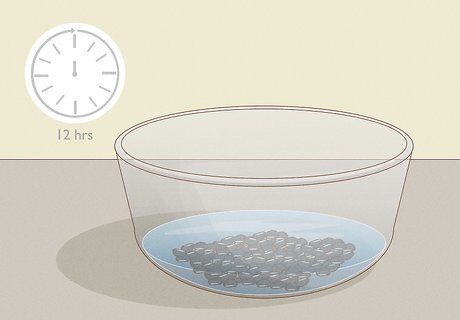
Soak the seeds in water for 12 hours to soften the casings. Butterfly pea seeds need water to open up and get their shoots ready. Pour your seeds into a bowl, then cover them in water and let them sit overnight. You can find seeds at most garden supply stores, or you can get them out of the pods that grow on butterfly pea vines. You can also use cuttings from an existing flower as long as they have roots attached.
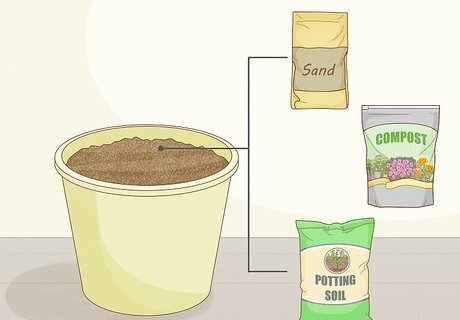
Fill a medium-sized pot with a mix of sand, compost, and potting soil. Make sure the pot has drainage holes at the bottom so your plant doesn’t get waterlogged. Mix together equal parts of sand, compost, and potting soil to make a well-draining mixture, then fill your pot up all the way. You can find sand and potting soil and most garden supply stores.
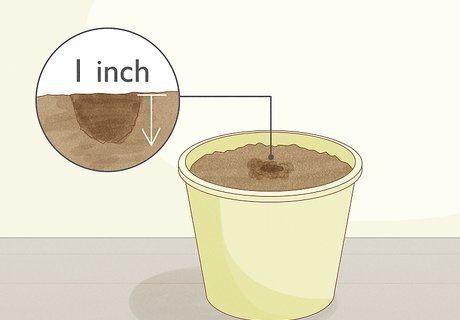
Dig a small hole about 1 in (2.5 cm) deep in the soil. The hole doesn’t have to be very deep—about 1 in (2.5 cm) is fine. Poke 1 finger into the soil and make a little opening for the seed to nestle into. Since butterfly pea vines grow several feet around the plant, use 1 seed per pot.
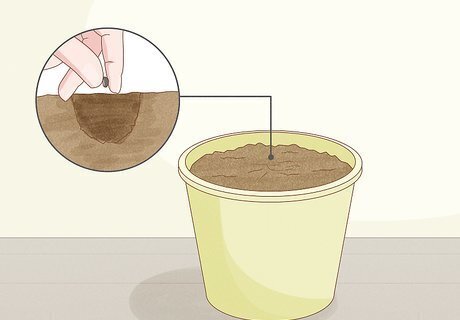
Put 1 seed in the hole and cover it with soil. Gently smooth the potting soil over the hole to cover it up, but don’t tamp down super hard. You only need to plant 1 seed in each hole since butterfly pea flower seeds are usually very successful. If you smash the dirt down on top of the seed, the soil won’t drain well.
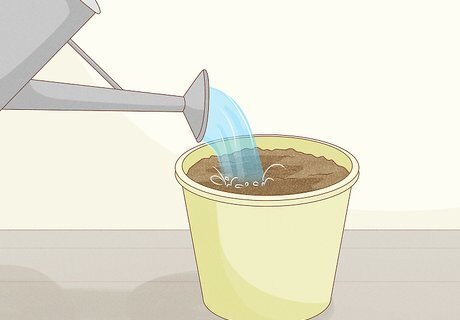
Water the seed well to establish it in the dirt. These plants love water, so go ahead and give them more than you think they need. Make sure the dirt is wet, and don’t stop watering until you can hear water running out of the drainage holes at the bottom of the pot. The water will help to settle the dirt around the seed and get it ready for germination.

Put the pot in a sunny spot so it gets 6 to 8 hours of sunlight daily. If you’re keeping your plant indoors, put it next to a sunny window. If you want to start the seeds outside, put the pot in a bright spot on balcony or porch.
In Your Garden

Wait until the threat of frost is over before you plant seeds. If you’re planning to plant your butterfly pea plant outside, wait for spring. You can sow your seeds outside once temperatures stay consistently above 60 °F (16 °C). If you don’t want to wait that long, you can start your plant indoors and then transfer it outside once the weather is warm enough. Butterfly pea plants are usually grown outdoors in California, Texas, Florida, and Georgia.
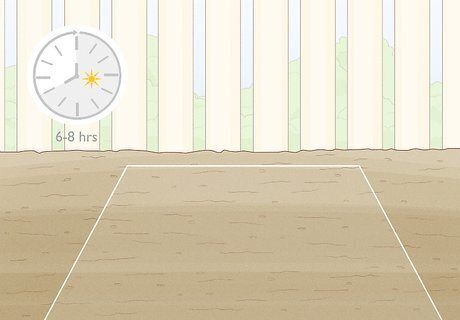
Choose a planting spot that gets 6 to 8 hours of sunlight per day. Stay away from large trees and shrubs, and instead pick a spot that has a pretty open canopy. The more sun this plant gets, the better! Try watching your yard throughout the day to see which area gets the most light. If you’re planting your flowers in a pot, you can put them next to a window or on your balcony.
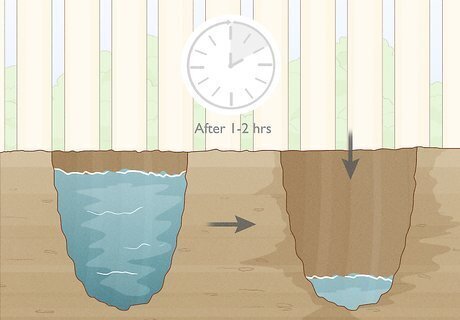
Check for well-draining soil before settling on a location. After a big rainfall, take a look around your yard or garden. If there’s still puddles of water after 1 to 2 hours, it’s probably not a good location for the pea flower. If the soil drains quickly and looks sandy, that’s a good spot to pick.
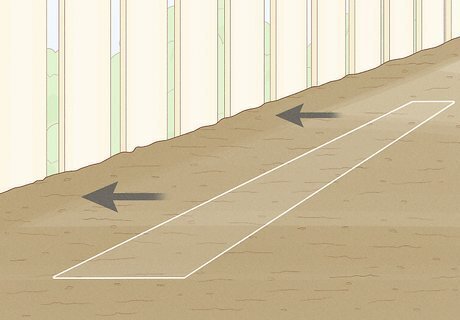
Plant seeds or cuttings near a wall or fence for vine support. If you don’t have a wall or a fence nearby, put up a wooden trellis or some chicken wire so the vines can climb. Butterfly pea flowers can’t flourish without a structure, so this is very important! You could also plant it near a small shrub or tree to climb.

Dig a hole about 1 in (2.5 cm) deep. Pick the spot in your garden that you’d like to plant, then dig a small hole with the tip of your finger. Since the dirt is well-draining, it shouldn’t be hard to move. You can also use the tip of a pencil.
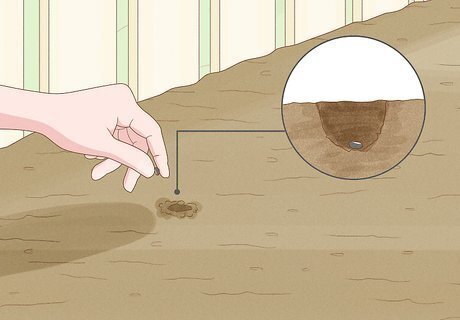
Bury your seed or the roots from a cutting in the hole. If you’re using seeds, put one in your hole and then cover it gently with dirt. If you’re using a cutting, put the roots into the hole and then cover it with dirt so that only the stalk is sticking out. Cuttings do well outdoors since they’re already established. However, you can still grow butterfly pea plants outside from seed if you want to.
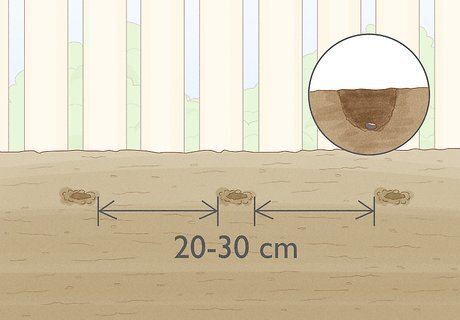
Space each plant 20 to 30 centimetres (7.9 to 11.8 in) apart. If you want to cover an entire area with butterfly pea plants, you can! Make sure each hole is far enough away from its companions that it can spread out once it starts to grow.
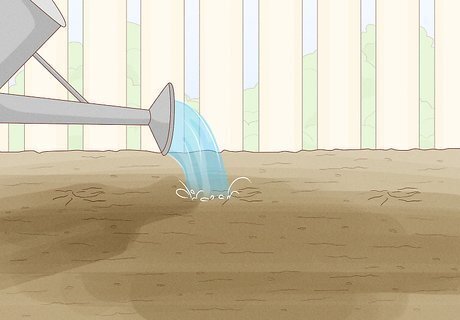
Water the area well to establish the plant. These plants love moisture, especially when they’re first starting out. Grab your hose or your watering can and give them a good drink so the roots can poke into the soil. Butterfly pea plants can withstand drought conditions, but it isn’t ideal.
Care and Maintenance
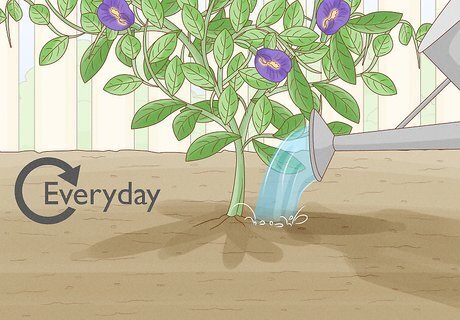
Water your plants every day to keep them healthy. Butterfly pea flowers need tons of water. Grab your hose or watering can and soak the soil around the plant every day until it’s moist but not soaking wet. This is why well-draining soil is so important! If any of the water pools up on top of the plant, it could drown. If you’re getting a heavy rainfall that day, don’t worry about watering.

Prune the vine back when it gets heavy or too bushy. Most butterfly pea plants don’t need a ton of pruning, but their leaves can pull down on the vine if they grow too much. Use sharp pruners to cut the leaves back in the spring, leaving at least 7 to 10 centimetres (2.8 to 3.9 in) of the vine intact so it can keep growing. Pruning isn’t strictly necessary, but it can be nice for aesthetic purposes. You can also prune the vines back if they’re starting to take over other plants in your garden. Butterfly pea plants tend to spread outwards, not up, so they do have the potential to kill any groundcover in the area.
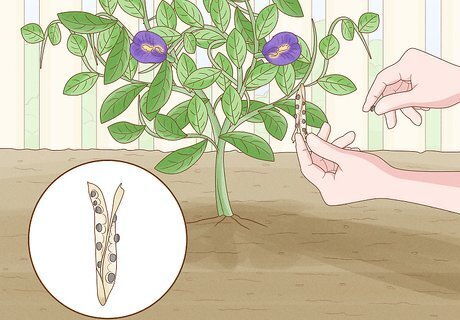
Collect seeds from pods if you’d like to grow more plants. If you find that you like the look of your butterfly pea plant, wait until the spring and then pick the pods off the vines. Slice open the pods to get the seeds and grow more plants if you’d like to. Butterfly pea plants tend to spread out on their own, so you might not need to manually distribute the seeds in your area.

Harvest the flowers when they’re in bloom and dry them. If you’d like to use the butterfly pea flower to make tea or extract, pull the flower heads off the vine in the spring. Spread them out in the sun and wait a few weeks for the flowers to dry before you store them. Butterfly pea flowers are perennials, so they’ll continue to bloom year after year even if you take the flowers off.


















Comments
0 comment